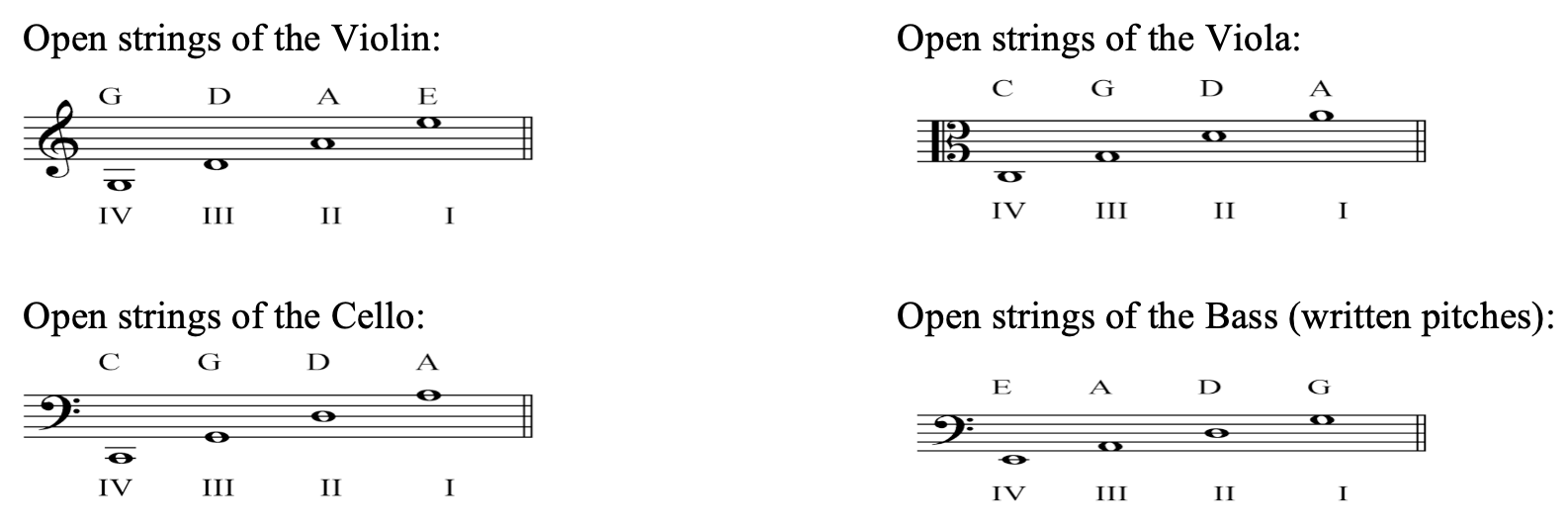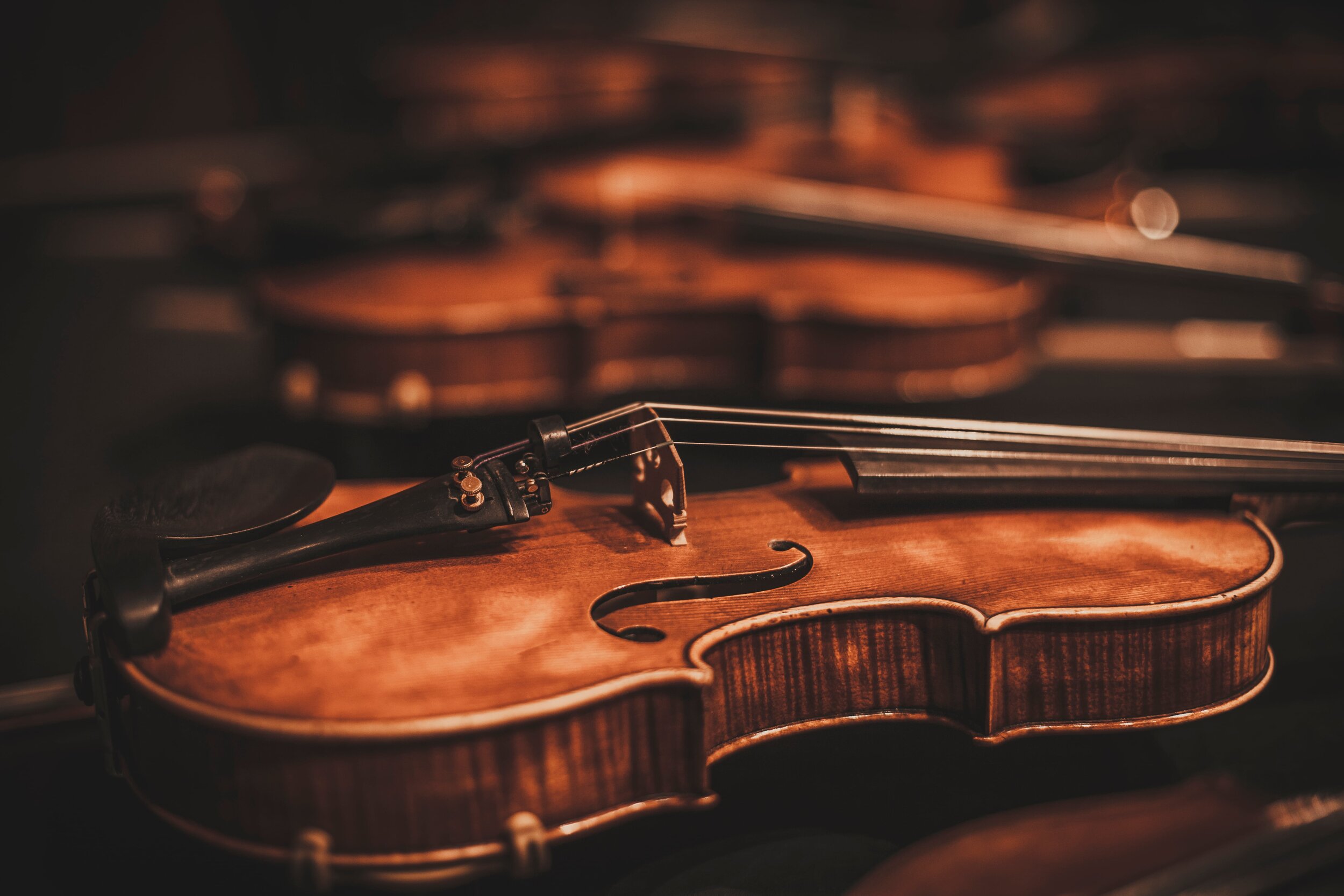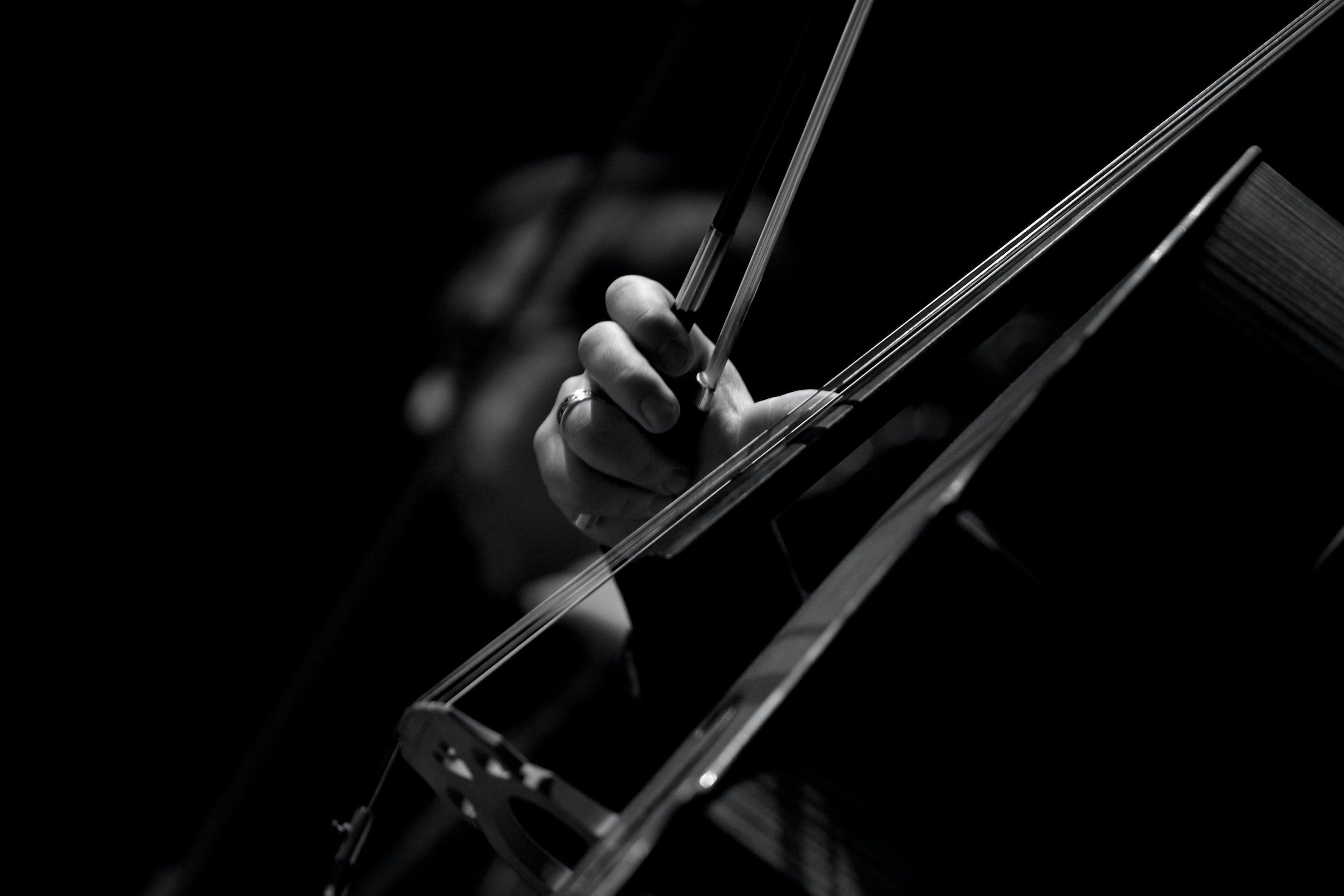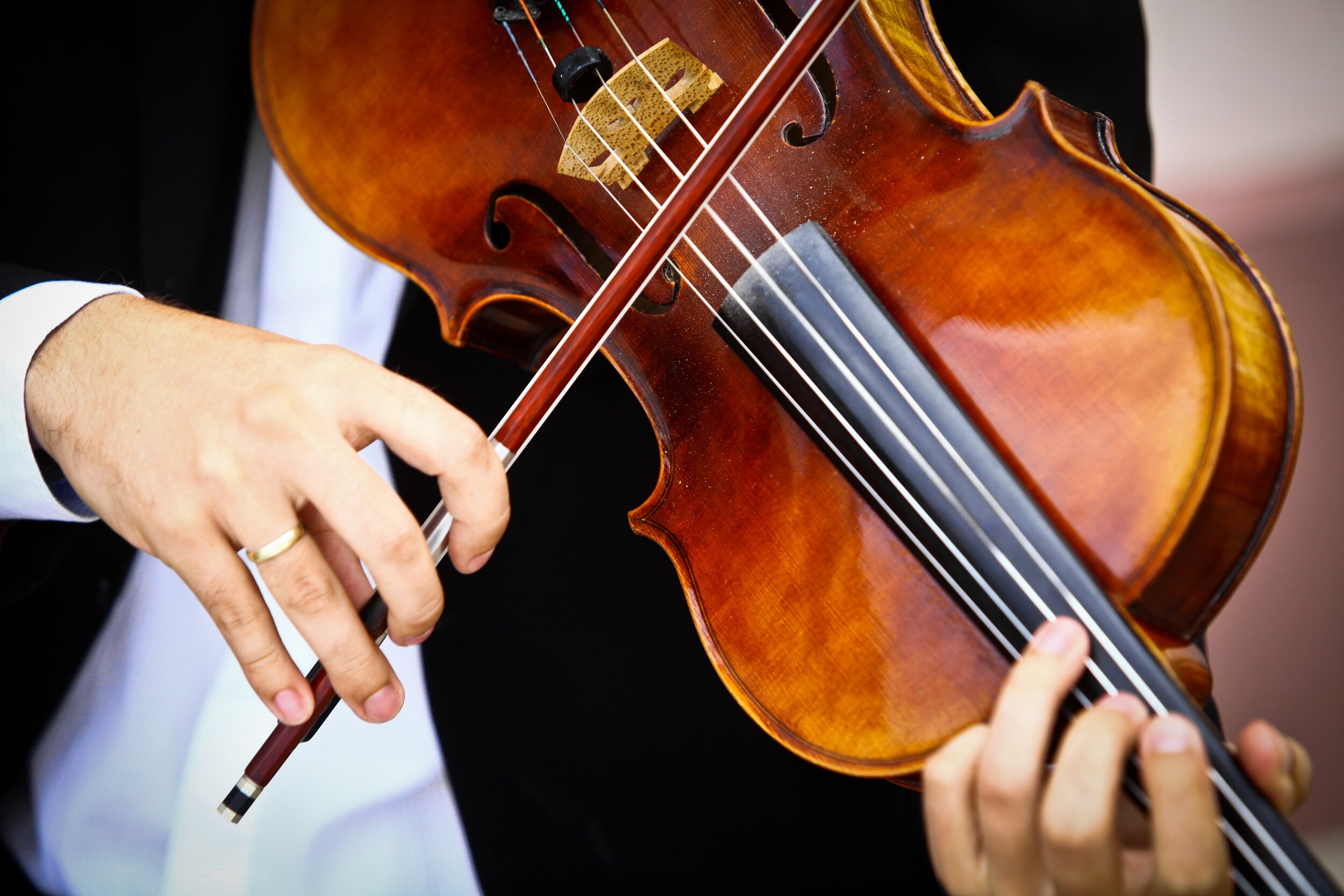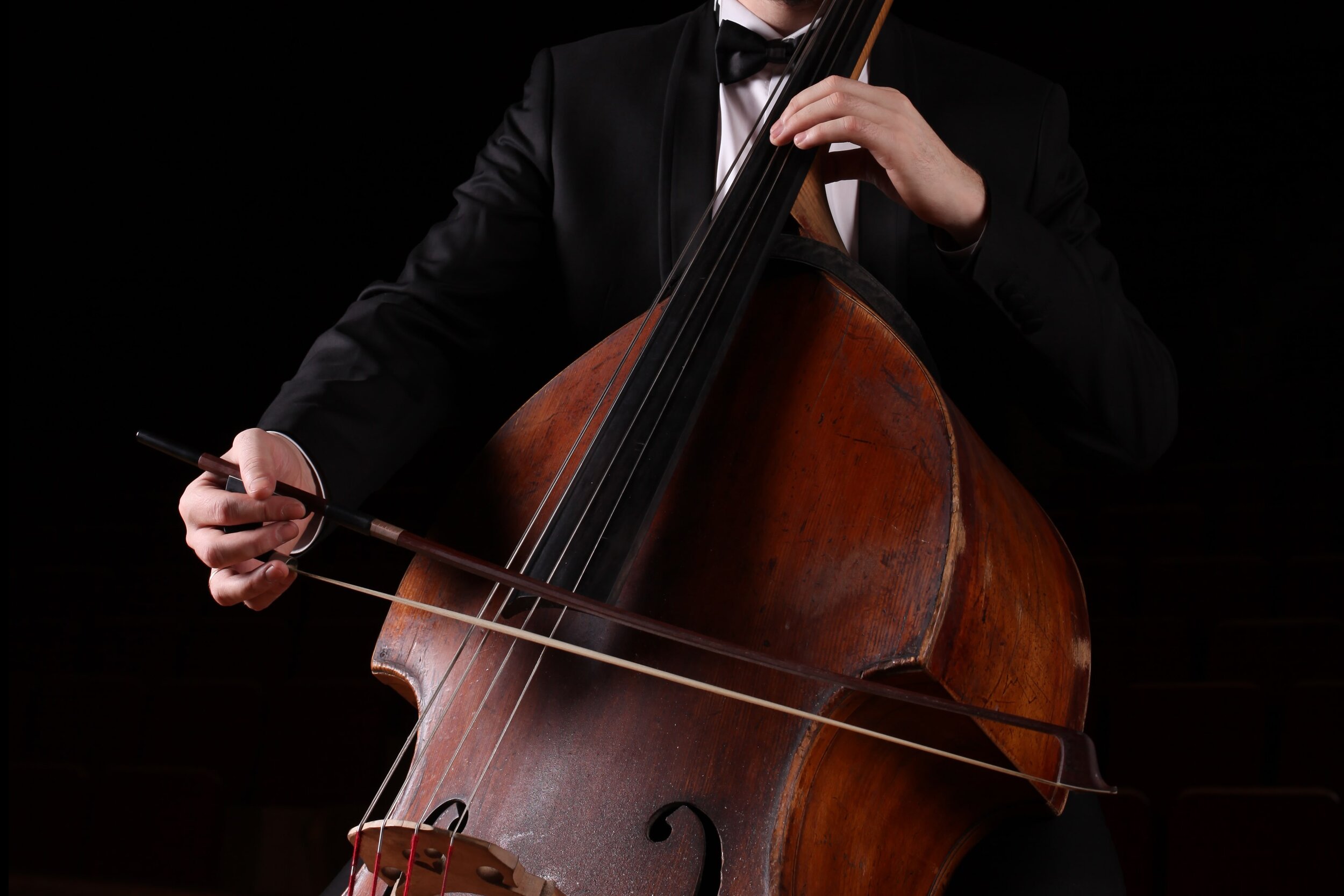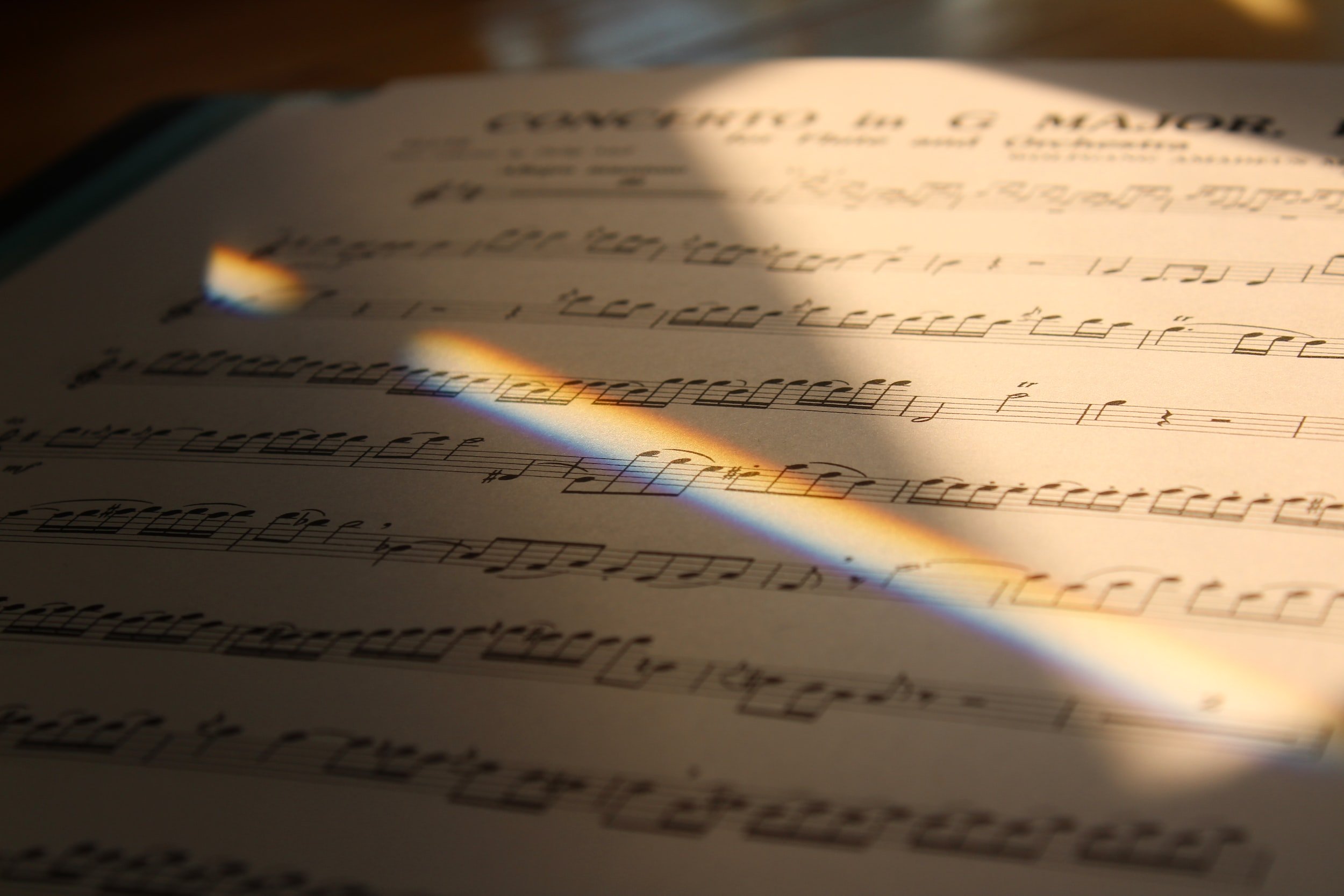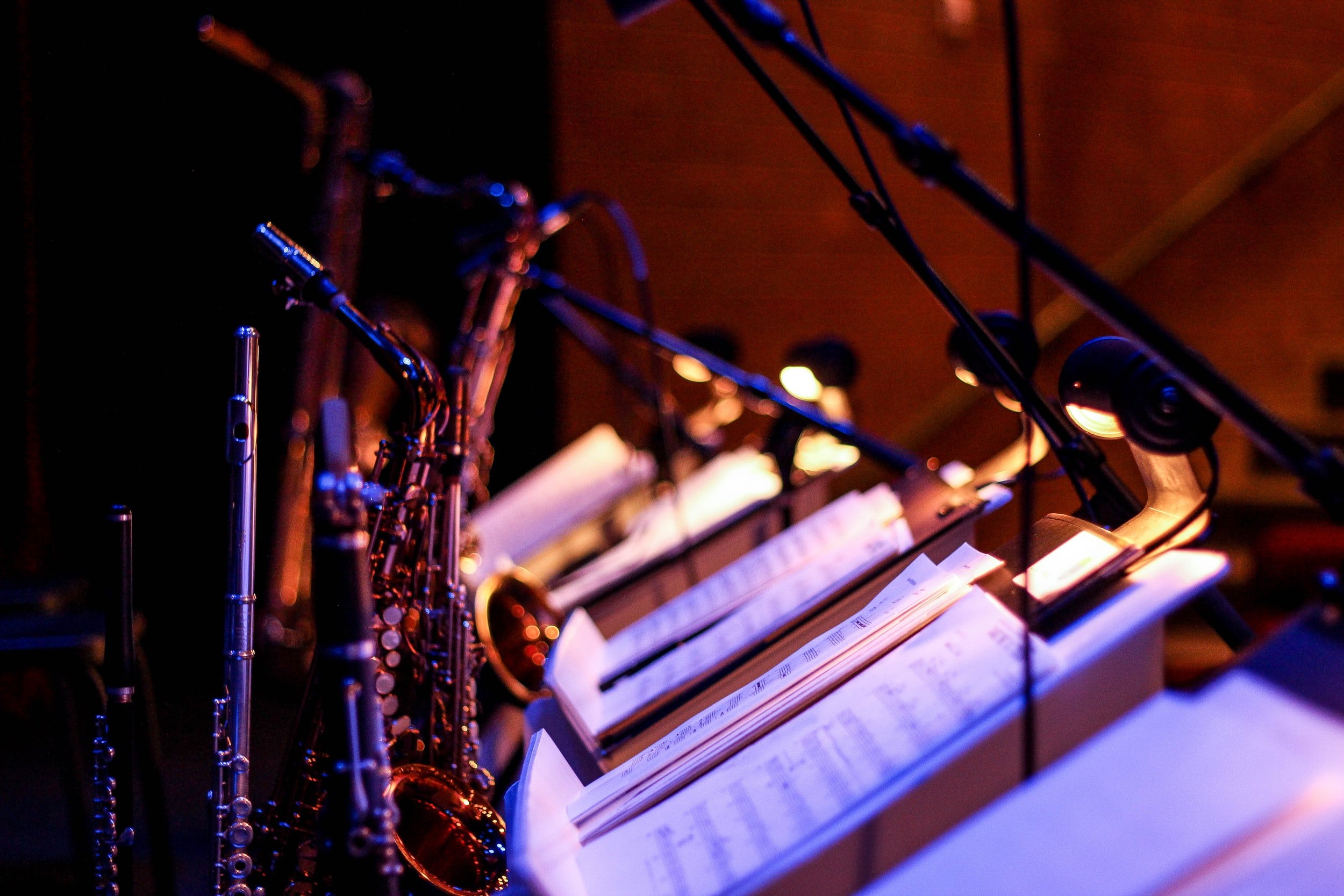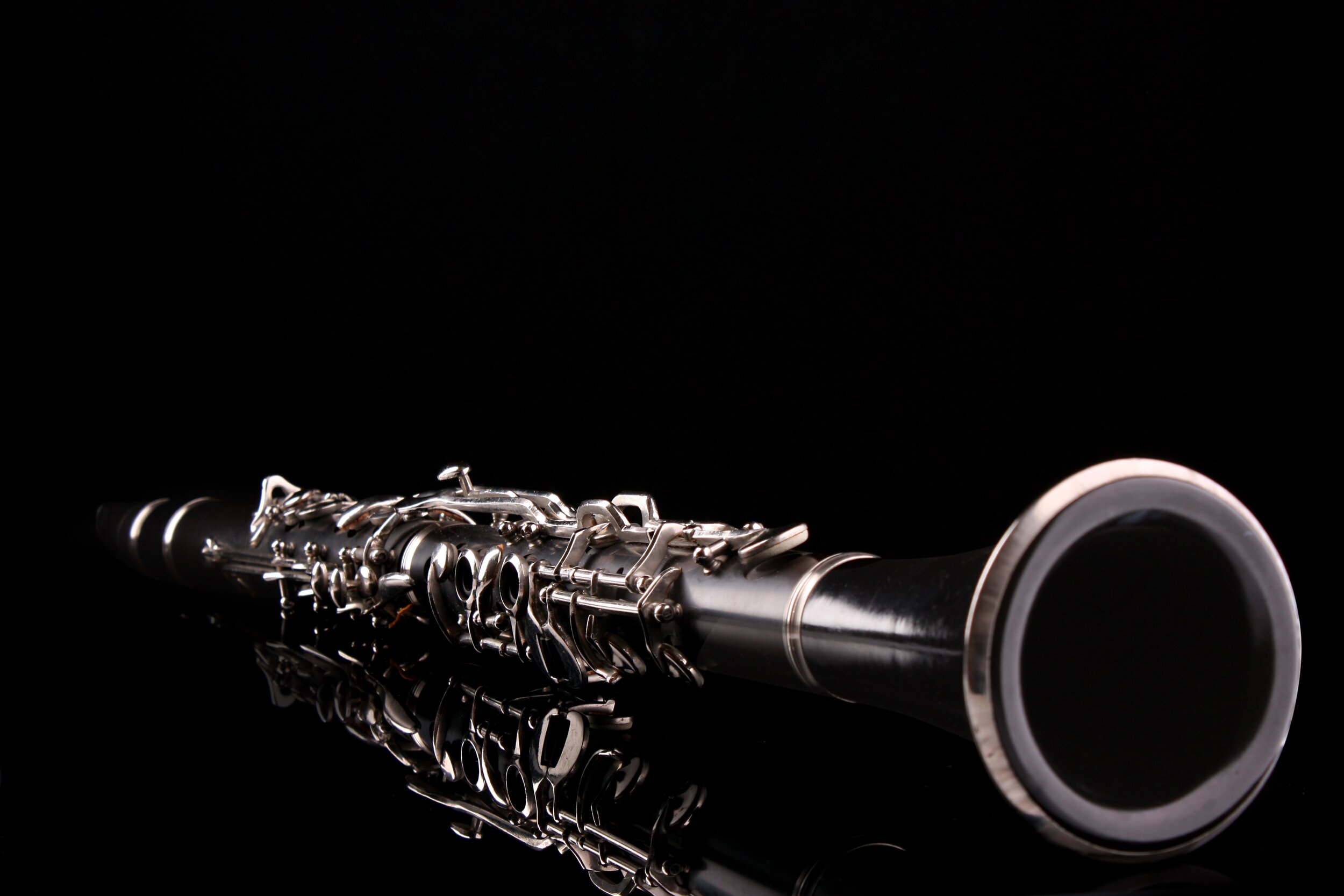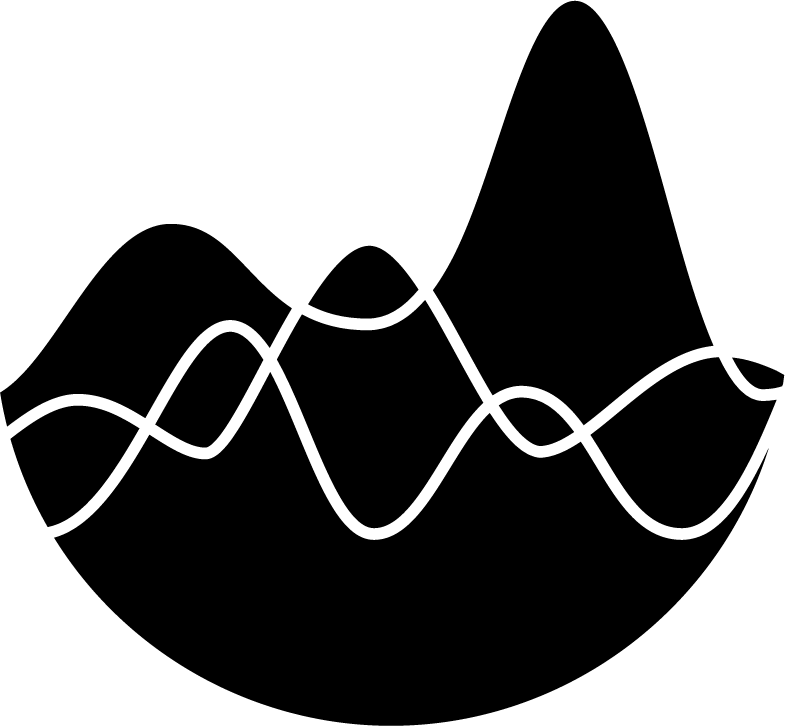Bowed Strings | String Basics
Bowed Strings | String Basics
Extreme Orchestration
by Don Freund and David CutlerPublished: February 2024
The bowed string family of the modern symphony orchestra consists of only four instruments: violin, viola, cello, and bass. More music has been written to feature these instruments than any other family of the orchestra (woodwinds, brass, or percussion). A full string section forms the backbone of most orchestral literature. The most popular chamber ensemble since the mid-1700s, the string quartet continues to fuel a vast and diverse body of compositions. More solo pieces have been written for violin than for any other instrument, with the exception of piano. And string orchestras, completely omitting winds and percussion, have become popular ensembles in their own right. Why have so many composers continually been attracted to writing for string instruments?
Expression. Nuances in bow speed and vibrato allow for great variety of intensity and expression.
Versatility. String players can successfully execute rapid passages, lyrical melodies, long sustained gestures, short detached notes, glissandos, trills, tremolos, and chordal figures.
Homogeneity. The string family is more homogenous in tone colour than any other family of instruments. In a woodwind quartet, for example, flute, oboe, clarinet, and bassoon all possess distinct timbres. Despite registral differences, the four string instruments all sound relatively similar, allowing them to blend naturally.
Variety of timbres. String instruments can be bowed, plucked, or struck in a number of ways, allowing for a wide array of possible timbres.
Range. From the lowest pitch of the bass to the highest notes on the violin, an extremely wide range encompassing approximately seven octaves can be obtained from the strings.
Dynamic Spectrum. Strings can produce a wide spectrum of dynamics, ranging from almost inaudible to a powerful fortissimo.
Continuous Sound. Unlike wind players, string musicians do not rely on breath control, allowing them to perform with a continuous sound for extended periods of time.
Certainly, with all of the qualities listed above, writing for string instruments can be an exciting endeavor. With so many possibilities, however, learning to write effectively for these instruments can also be a challenging undertaking for the novice composer or orchestrator.
While strings have a wide dynamic range, a fortissimo on strings cannot compete with a similar dynamic on brass or percussion instruments. Because of this, and to add warmth to their sound, symphony orchestras usually feature multiple players on each part. A symphony orchestra might have 12 first violins, 10 second violins, 8 violas, 8 cellos, and 6 basses. The players of each string part share the same part, and usually perform the same notes and rhythms. If more than one note at a time is required, the word divisi (div.) written above the staff indicates that half of the players should play the top, while the other half plays the bottom. If the section should divide three ways, write div. a3. To cancel out divisi, the term unisono (unis.) must be written above the staff. If string multiple stops should not be divided, write non div (see Figure 1).
Figure 1: Ravel’s Alborada del gracioso, m. 76.
Though the four bowed string instruments vary in size, they have much in common. All have the same basic construction, with a curved bridge and an unfretted fingerboard, and all can be bowed, plucked or struck.
The strings on instruments in the violin family can be referenced with Roman numerals, labeling them from highest to lowest: I, II, III, IV. An unstopped string is called an open string. The open strings of violins, violas, and cellos are tuned a perfect fifth apart, while the strings of the double bass are tuned in perfect fourths. The open strings, along with their corresponding Roman numerals, are notated below.
The only transposing instrument in the bowed string family is the double bass, which sounds one octave lower than notated.
Although for most instruments it is generally advisable to indicate most or all instructions in English, so they can be understood at a glance, many default terms for string writing should be written in Italian or French. Because strings have such a long and extensive tradition, all players should know the basic foreign terms in the languages listed in this chapter. Other indications, such as descriptive adjectives or unusual techniques, should be indicated in English. For a full list of terms in different languages, see IMSLP's list of abbreviations..

